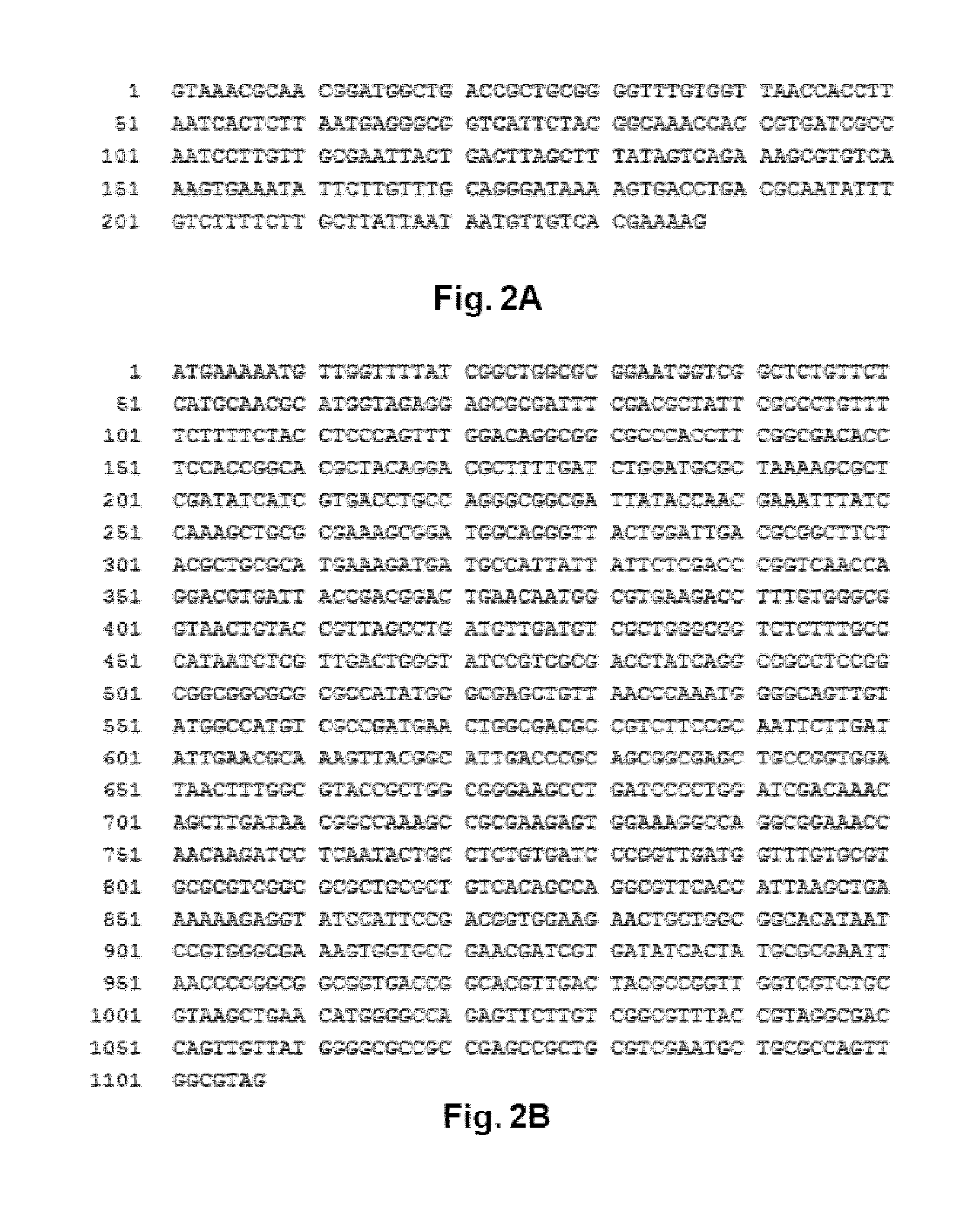Modified bacteria and their uses thereof for the treatment of cancer or tumor
a technology of modified bacteria and tumors, applied in the field of modified bacteria, can solve the problems of less effect on cancer niche, failure of surgery treatment, large damage to normal organs, etc., and achieve the effect of enhancing tumor killing abilities, reducing tumor targeting or killing abilities, and removing the lethal toxicity of host strains
- Summary
- Abstract
- Description
- Claims
- Application Information
AI Technical Summary
Benefits of technology
Problems solved by technology
Method used
Image
Examples
Embodiment Construction
[0046]Since Salmonella is closely related to the Escherichia genus and has broad-host-range, its genomic information is clear and share many common features with E. coli. Comparing with gram-positive bacteria (e.g. Clostridium), Salmonella are easy for genetic manipulation, since it has thin membrane, sensitive to drug selection. It survives and proliferates within cells; therefore it can deliver genetic material (DNA, mRNA, microRNA etc.) into the cytoplasm with interrupt the nucleus. Most important, transfection with bacterial vector can avoid (random) genomic integration. Thus, it may directly deliver ectopic mRNA into host cells and utilize translation machinery of host cell to synthesize the corresponding exogenous proteins. On the other hand, since it is facultative anaerobic, it is easy to culture it in vitro and then send them to target hypoxic region within tumors. Thus, Salmonella can serve as both bacterial “weapon” and “vector” in research and medication. Moreover, atten...
PUM
| Property | Measurement | Unit |
|---|---|---|
| Time | aaaaa | aaaaa |
| volumes | aaaaa | aaaaa |
| volume | aaaaa | aaaaa |
Abstract
Description
Claims
Application Information
 Login to View More
Login to View More - R&D
- Intellectual Property
- Life Sciences
- Materials
- Tech Scout
- Unparalleled Data Quality
- Higher Quality Content
- 60% Fewer Hallucinations
Browse by: Latest US Patents, China's latest patents, Technical Efficacy Thesaurus, Application Domain, Technology Topic, Popular Technical Reports.
© 2025 PatSnap. All rights reserved.Legal|Privacy policy|Modern Slavery Act Transparency Statement|Sitemap|About US| Contact US: help@patsnap.com



